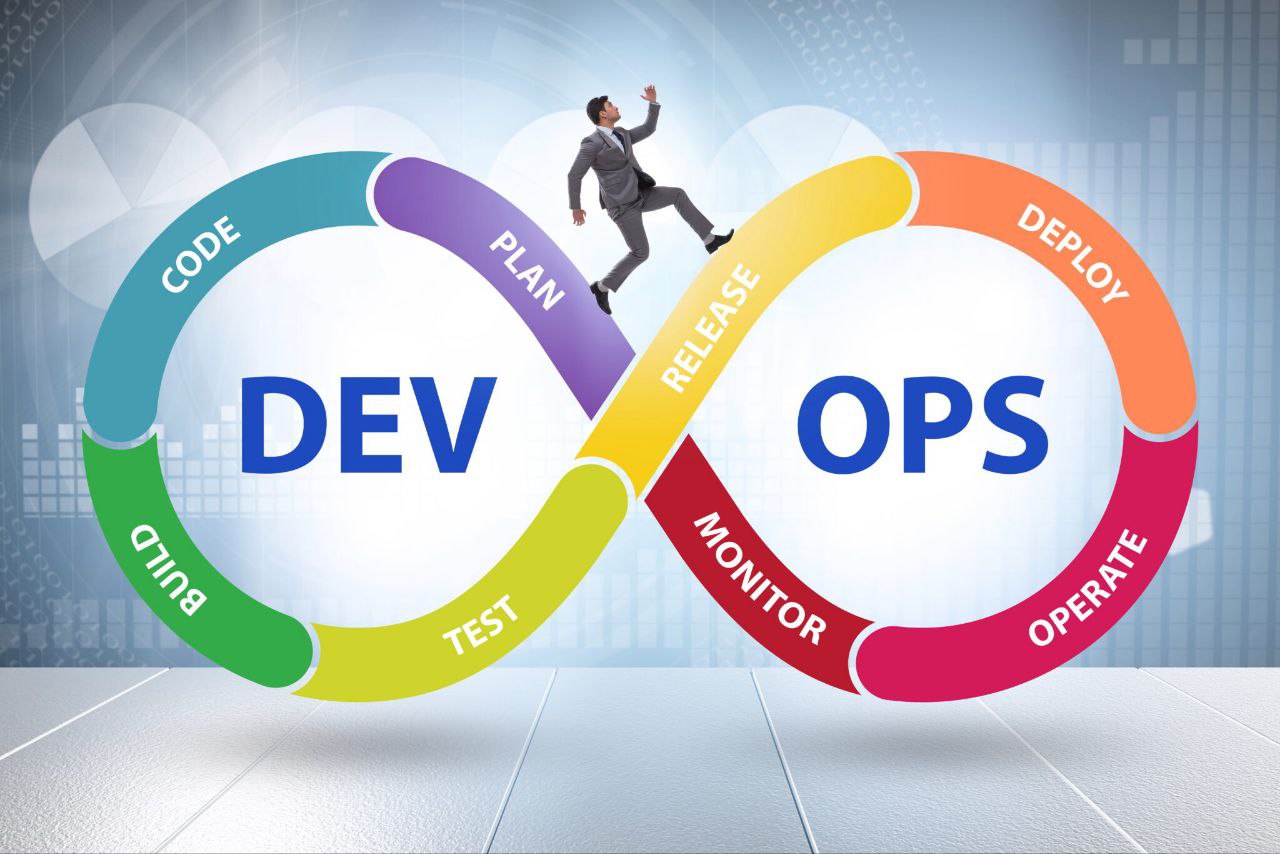DevOps Touches Everything

Author: Andrew Dvirnyk
If you have been reading along with us, you know that we view DevOps an essential resource for quality, efficiency, and innovation related to mainframe. You also know that we understand the value of DevOps as it extends to people, to processes, and to information. These are not only the key components to DevOps. They are also the key components of successful projects, functional products, and fully operational systems. With all of that in mind, we are unmasking even more of what DevOps does and how. From the absolute basics, to the day-to-day life of what it feels like to work with DevOps (and how much it helps you to accomplish).
We understand that DevOps shortens cycle time, reduces cost, makes it easier to resolve issues before they become major problems, reduces risk, and helps us eliminate silos. Today, we are excited to talk even more about how DevOps accomplishes this much. And why, even though DevOps enables us to do so much more, it does not necessitate an exceptionally long learning curve, or force us to take on a new job of working with a new tool when we already know how to do things well enough the “old way.”
Simply put, DevOps takes us through the whole cycle. At the outset, DevOps helps you to track and plan everything. When it comes to implementation, DevOps lets you dashboard everything. Then, as you continue through processes, DevOps lets you test and version everything. Add to that the ability to instrument, audit, and automate, and you can see why we are so excited that we get to help our clients bring DevOps to your mainframes.
Adopting Mainframe DevOps
And that brings us to the fun part. How do you go about adopting DevOps for mainframe?
The DevOps methodology application to mainframe teams is basically a four-step process. This process includes analysis, unification, automation and optimization. While there may be some slightly nuanced approaches in each case, let’s walk through the general best practices, and standard expectations, for Mainframe DevOps Adoption.
Analysis
First thing first, we review the existing development lifecycle to identify the stages that need to be automated and optimized.
In most cases, this research will show teams integrations. It also highlights both the technical side of the development processes, and the cultural changes that need to take place within the teams.
Unification
Next, it is important to unify mainframe application. Unifying makes change management possible because it simplifies operations.
This falls into the category of versioning. It is also part of the tracking and planning aspect of the process.
Automation
Automation of all stages, including versioning, deployment, and testing, is a key aspect of DevOps transformation.
Automation makes the solution more stable. And it improves scalability and productivity
Optimization
Finally, it is time to optimize the operation. Both visualization and testing come into play here, as does data conditioning.
With these steps in order, everything is in place for DevOps adoption.
Continuous Integration
In our previous post, we talked about the importance of continuous information delivery. Now, we are looking at the value of continuous integration.

Continuous integration in the development environment enables developers to create code that satisfies change requests quickly and productively. It enables developers to meet needs without a lag in response time. They are not forced to overcome confusion, or to hunt down the information they require to produce the solutions that they need to build.
Here is how that works in the DevOps environment. If you are not using DevOps, you will note the differences that you experience managing and responding to change requests and other demands, including incident resolutions, related to your mainframe.
All of this starts in a development environment that is automated, that issues continuous testing, and that allows for the creation of a test environment. Note, the test environment that we are able to create with DevOps is isolated. This is an important thing to have, as you know. Now, in this context, a developer is able to see a change request right away.
Then, the developer is immediately able to check in, to build, and to deploy code to resolve the issue or satisfy the request. But the capabilities do not stop there. We remember the continuous information and continuous testing aspects of DevOps. Yes, that means that the developer also can run automated tests for his fix right away.
The reusable integration tests that are a part of DevOps make it so much easier to test across the layers. That means, of course, that you are more likely to get the quality you need much faster, and more reliably. This kind of rapid feedback and quality improvement is the perfect example of DevOps at work.
Highlights of Continuous Integration
All of this boils down to real value for your team and for your organization. The continuous integration we get from DevOps is fast and dependable. The automatic feedback that we have means that solutions are able to be deployed at a much faster rate. Further, thanks to DevOps generally, and continuous integration specifically, you are able to lower the cost of application testing. How? Because, now, you can move it off-mainframe and into the development environment we have just described.
Taken together, continuous integration boosts confidence in the system across layers. Automatic tracking makes for healthier code. And faster turnaround time makes for happier people.
Versioning to Break Down Silos
Anyone who has spent time with enterprise applications knows all too well how many disconnected parts they include, and how, ultimately, they all need to point toward the same goal. DevOps versions, packages, and defines pipelines. This reduces the common challenges that we all associate with so many disconnected parts.

In so doing, DevOps resolves issues that result from missing assets and missing information. Instead, DevOps links these formerly disparate parts. Then, DevOps provides both automation and standardization. This goes a long way to resolving the most common frustrations we associate with enterprise application. It also greatly improves cycle time, lowers cost, and reduces risk. To do this, DevOps connects resource management, libraries, and running system environments. Bringing in cloud solutions adds even more power to DevOps, making it easier and more accessible.
What are My First Steps with DevOps?
When it comes to getting started with DevOps, you have many options. It makes sense to define a specific project first, and to try out DevOps adoption on this project. Once you have done this, take a look at your existing infrastructure. What does the code look like? Do you have infrastructure code for the project application? Do you also have infrastructure code for the platform?
Assuming that you do have these in place, take the time to come up with automated tests for your application and platforms. Do not leave conditioned data out of this process. Once you have taken all of this together, you will want to look at a continuous delivery process. Next, you will begin to monitor, and then move through to the delivery stage.
What Happens Next?
Now, it is time to move through the DevOps pipeline through mainframe and distribution code as one solution. This is exactly what we do, across everything from IBM Urban Code Deploy to zUnix, Java, Groovy, IBM Infosphere, and many more.
When it comes to the pipeline architecture, let’s take a look at the development environment. You may be working with a cloud solution. You may be working with operating systems like z/OS, IBM Biosphere, Windows, or others, from there, you move down to the code station, and over to the test environment. Just as we have outlined, this is the scenario that is prime for DevOps. Moving through to deployment, and then into the product environment, DevOps makes it possible for you to continuously test, receive information, deploy solutions, and analyze impact.
Does this Mean I am On My Own?
Absolutely not. Your recognition that DevOps is the right choice for you also means that you have found a partner in reaching your goals. Just as it is important to choose DevOps strategy for your mainframe, it is important to engage with a partner who understands DevOps and who understands your needs and your perspective.
Here at IBA Group, our clients look to us as partners in the valuable work that they do. We take that level of trust seriously, as we have for over three decades. Nothing makes us happier than co-creating a SMART future with you. If you have read this far, that very likely means that your future includes DevOps for mainframe. And it should.
Give us a call, and let’s get started.